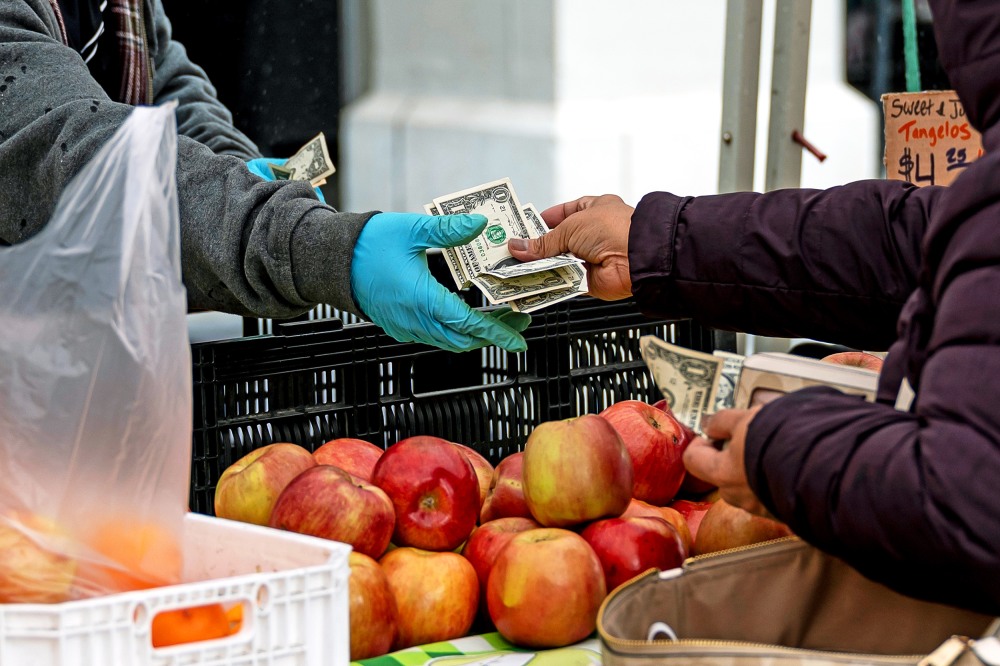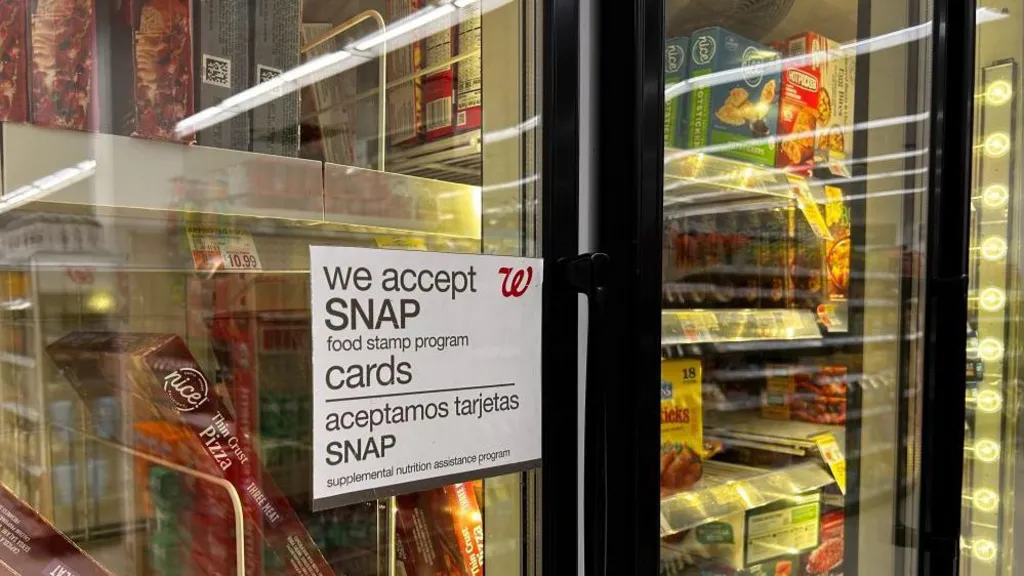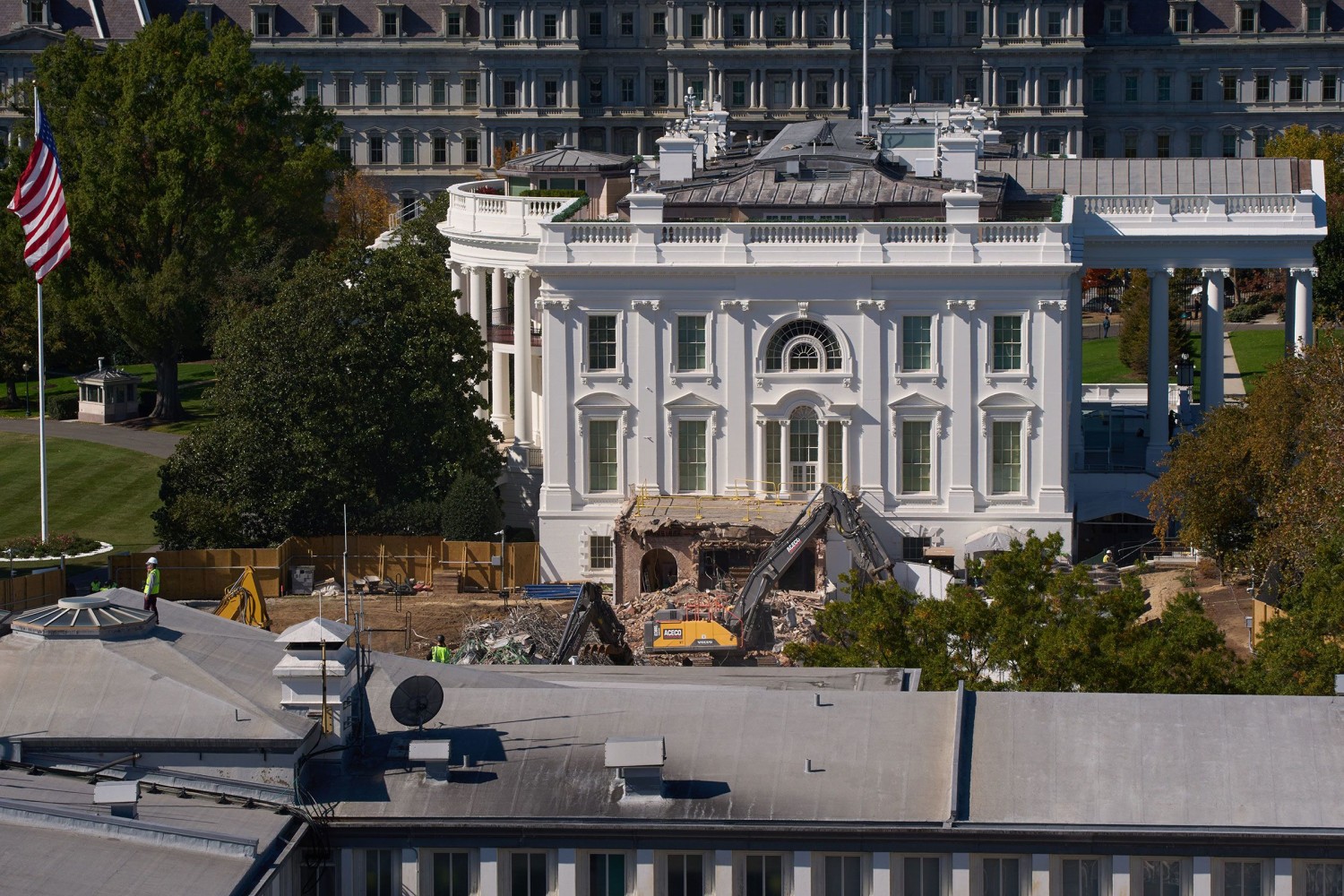
This article is more than
5 year old'The Market's in Panic Mode.' Stock Markets Plunge 12% Amid Coronavirus Fears
(Bloomberg) — The stomach-turning ride on global financial markets took a dramatic turn Monday, with U.S. stocks plunging the most since 1987 after President Donald Trump warned the economic disruption from the virus could last into summer.
The S&P 500 sank 12%, extending losses as Trump said the economy could fall into a recessoin. Equities opened sharply lower after central bank stimulus around the world failed to mollify investors worried about the damage the coronavirus is inflicting on economies.
The negative superlatives for American stocks are piling up. The S&P wiped out its gain in 2019 and is now down almost 30% from its all-time high. The Dow Jones Industrial Average lost almost 13%, falling 3,000 points to close at at two-year low. The Russell 2000 had its worst day on record, losing more than 14%.
“This is different. The thing that is scarier about it is you’ve never been in a scenario where you shut down the entire economy,” said Steve Chiavarone, a portfolio manager with Federated Investors. “You get a sense in your stomach that we don’t know how to price this and that markets could fall more.”
While the Fed cut rates toward zero and stepped up bond buying, investors continued to clamor for a massive spending package to offset the pain from closures of schools, restaurants, cinemas and sporting events. Companies around the world have scaled back activity to accommodate government demands to limit social interaction.Here are some of Monday’s key moves across major assets:
- All 11 groups in the S&P 500 fell, with eight of them down at least 10%.
- The Dow Jones Industrial Average’s tumble from its record reached 30%.
- Brent crude dipped below $30 a barrel for the first time since 2016.
- Treasury yields retreated across the curve with moves most pronounced on the short end.
- Shares tumbled in Asia and Europe, where the continent is now reporting more new virus cases each day than China did at its peak as more countries lock down.
- The yen surged, the Swiss franc rallied and the dollar fluctuated.
- Gold failed again to capitalize on the rush to havens and reversed an earlier gain to tumble.
- Bonds declined across most of Europe, where a measure of market stress hit levels not seen since the 2011-2012 euro crisis.
The Fed and other central banks have dramatically stepped up efforts to stabilize capital markets and liquidity, yet the moves have so far failed to boost sentiment or improve the rapidly deteriorating global economic outlook. An International Monetary Fund pledge to mobilize its $1 trillion lending capacity also had little impact in markets.
Read More (...)



